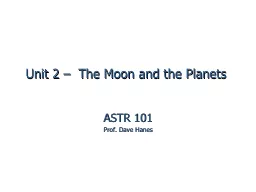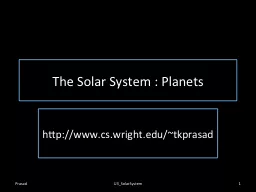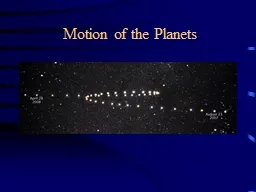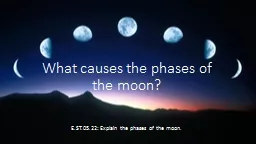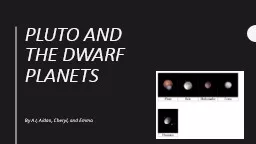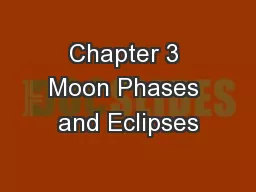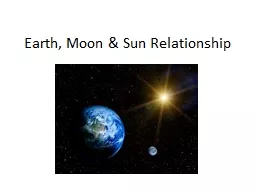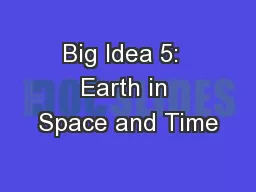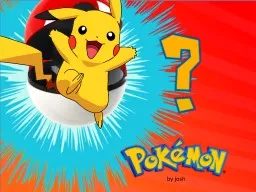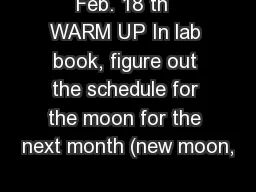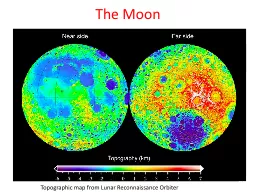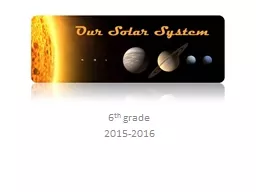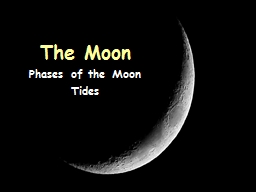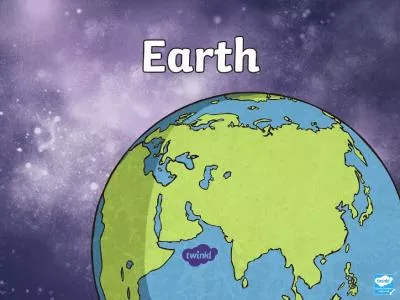PPT-Unit 2 – The Moon and the Planets
Author : pasty-toler | Published Date : 2016-06-23
ASTR 101 Prof Dave Hanes The Moon s Baleful Influence Crime rates homicides birth rates acts of lunacy t raffic a ccidents etc http skepdiccomfullmoonhtml
Presentation Embed Code
Download Presentation
Download Presentation The PPT/PDF document "Unit 2 – The Moon and the Planets" is the property of its rightful owner. Permission is granted to download and print the materials on this website for personal, non-commercial use only, and to display it on your personal computer provided you do not modify the materials and that you retain all copyright notices contained in the materials. By downloading content from our website, you accept the terms of this agreement.
Unit 2 – The Moon and the Planets: Transcript
Download Rules Of Document
"Unit 2 – The Moon and the Planets"The content belongs to its owner. You may download and print it for personal use, without modification, and keep all copyright notices. By downloading, you agree to these terms.
Related Documents

